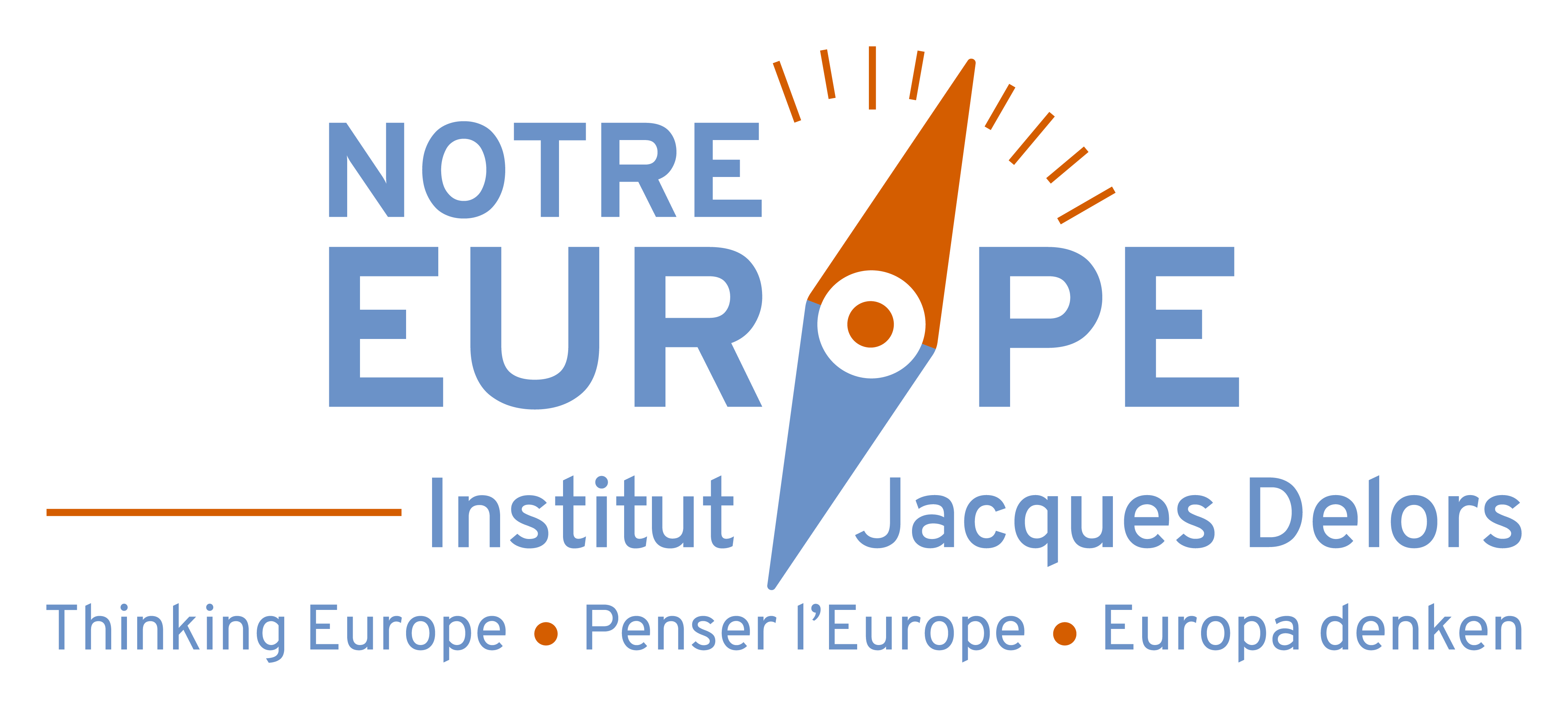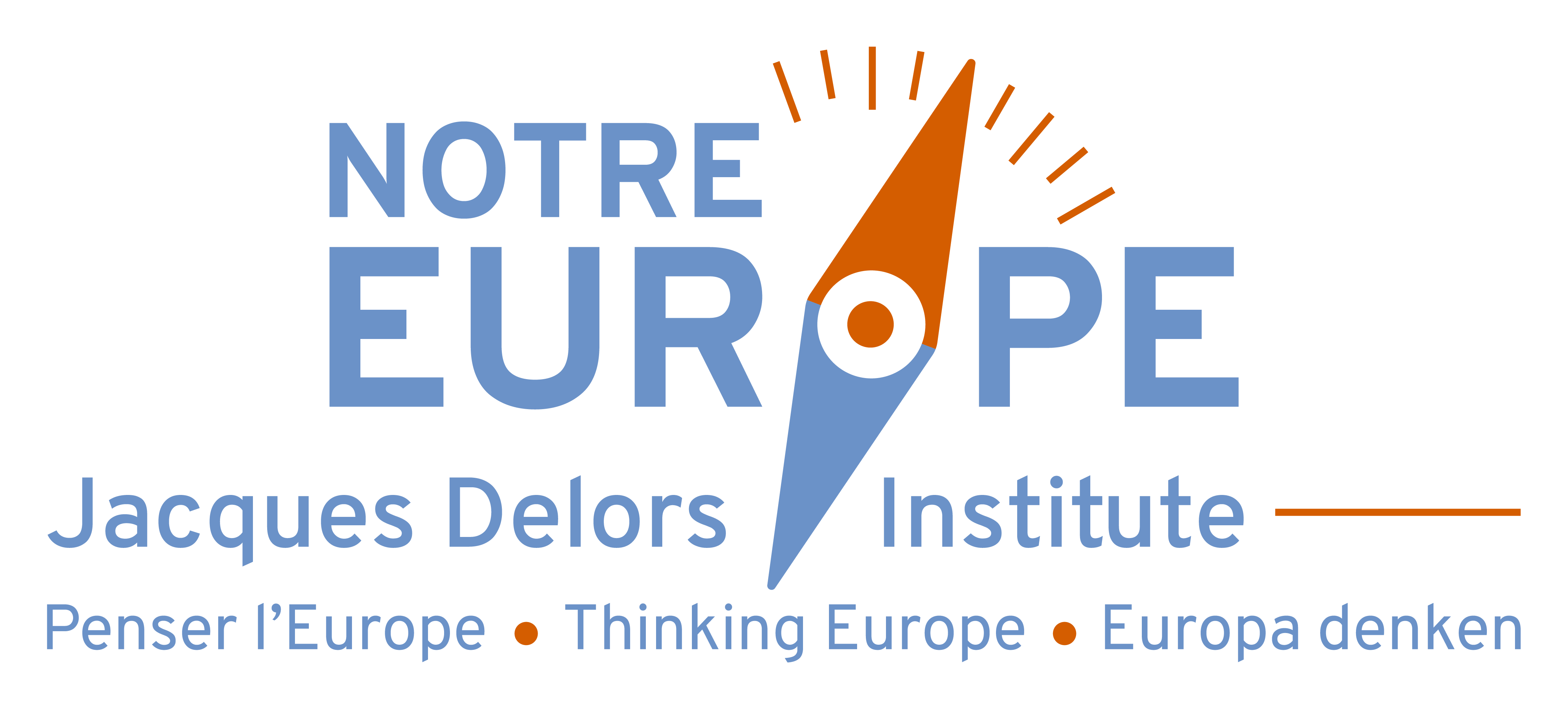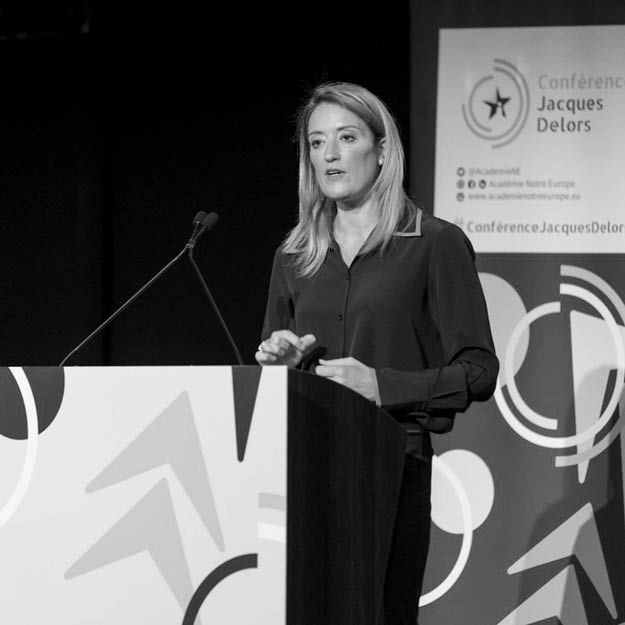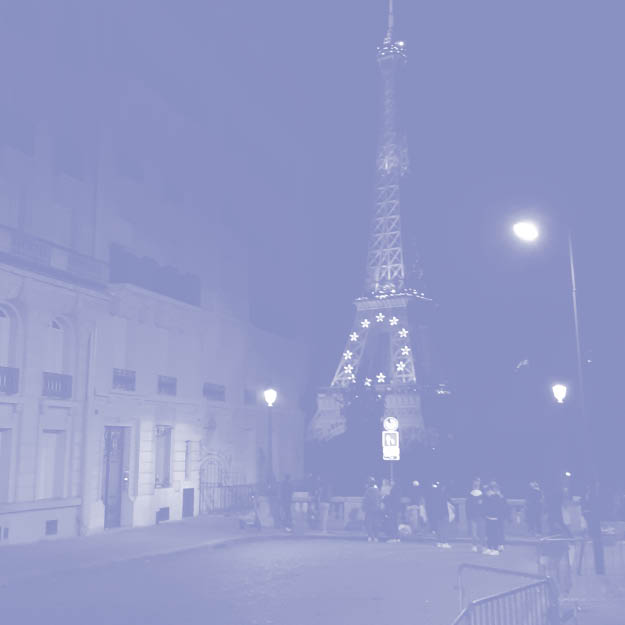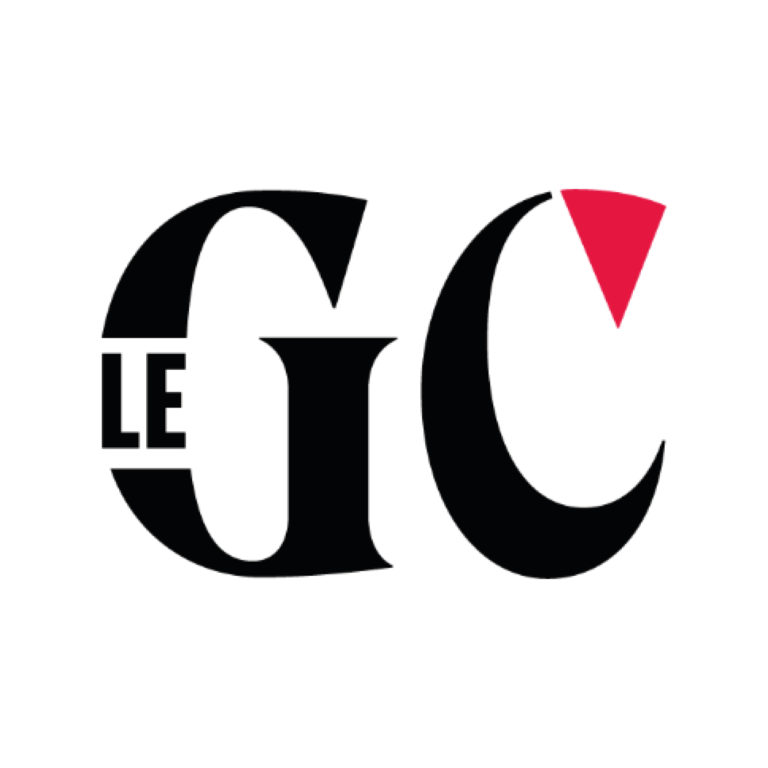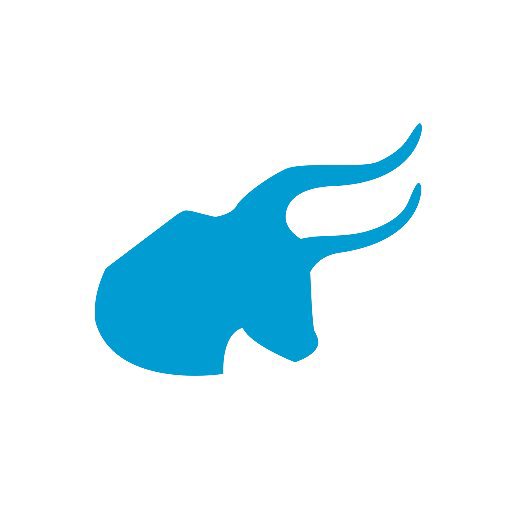Blog post
How does the Conference on the Future of Europe work?
→ See the infographics
Conceived by French President Emmanuel Macron in his “letter to the citizens of Europe” published during the European election campaign in May 2019, this Conference was originally intended to “propose all the changes our political project needs, with an open mind, even to amending the treaties”[1], particularly on the basis of citizens’ proposals.
A non-paper was subsequently proposed by France and Germany in November 2019, calling for a Conference on the Future of Europe to be held over two years (from the spring of 2020 to the spring of 2022) with a view to reviewing all the aspects of the European Union in order to make it more “united and sovereign”[2]. The aspects to be addressed in no particular order would include Europe’s role in the world, the digital transformation, climate change, migration, the rule of law and institutional themes such as Spitzenkandidaten (lead candidate system) and translational lists.
With the arrival of the COVID-19 pandemic, the project was postponed and did not begin as initially planned on 9 May 2020. Discussions resumed in the autumn, particularly under pressure from the European Parliament, with a view to defining the Conference’s governance structure. The negotiations were particularly difficult and, despite an agreement at the end of 2020 on almost all the elements of the inter-institutional joint declaration setting the Conference’s priorities and organisation, they stalled in turn on the presidency of the Conference, its duration, the prerogatives and then the composition of its plenary assembly.
After lengthy debate between the three institutions, an agreement was finally struck on 7 May 2021 –just two days before the official launch of the Conference in Strasbourg. The rules of procedure which set the composition of the plenary and how the Conference will work were only approved by the Executive Board of the Conference on 9 May.
Governance structure
After having considered a single presidency, occupied by a strong and independent European personality, the EU institutions agreed on a joint presidency, which is more similar to a form of patronage, bringing together the presidents of the European Parliament, the European Commission and the head of State or government –according to the political system– of the Member State hosting the rotating presidency of the European Council.
The day-to-day political leadership of the Conference’s work is, however, attributed to the Executive Board, which decides by consensus on all the issues related to the Conference’s organisation, the preparation of plenary sessions and the drafting of reports giving an account of these sessions. It is made up of representatives of the three institutions (3 representatives and up to 4 observers each) which are also co-chairs, 5 observers from national parliaments and an observer from each of the following entities: the Committee of the Regions, the European Economic and Social Committee (EESC), BusinessEurope and the European Trade Union Confederation. Its constitutive meeting was held on 24 March 2021.
This Executive Board is assisted in its work by a common secretariat which represents the three institutions equally with six representatives each.
The three representatives of the Commission within the Executive Board are Dubravka Šuica, Vice-President for Democracy and Demography (who is co-chair of the Executive Board on behalf of the Commission), Věra Jourová, Vice-President for Values and Transparency, and Maroš Šefčovič, Vice-President for Interinstitutional Relations and Foresight.
As regards the members of the European Parliament sitting on the Executive Board, the three representatives are from the three largest political groups represented within the Parliament (Manfred Weber –EPP–, Iratxe García Perez –S&D–, Guy Verhofstadt –Renew Europe–, the latter being co-chair of the Executive Board on behalf of the Parliament), while the four observers represent the four other groups present in the Parliament, by decreasing order of MEPs: Gerolf Annemans (ID), Daniel Freund (Greens/EFA), Zdzisław Krasnodębski (ECR) and Helmut Scholz (The Left).
The members from the Council are members of the governments in charge of European affairs in the seven Member States which hold or will hold successively the rotating presidency of the Council in the future. At the time of writing, said members may be replaced in the event of a government reshuffle or change. The three representatives are therefore from the current Portuguese presidency (Ana Paula Zacarias, who is co-chair of the Executive Board on behalf of the Council) and the future Slovene and French presidencies (Gašper Dovžan and Clément Beaune), and the four observers from the four subsequent presidencies of the European Council (in order: Milena Hrdinková –Czech Republic–, Hans Dahlgren –Sweden–, Juan González-Barba Pera –Spain–, and Sophie Wilmès –Belgium–).
Citizen participation
In order to ensure the broadest possible citizen participation, the Conference has rolled out an innovative multilingual digital platform developed by the Commission. This platform enables European citizens to propose their own ideas, stay informed of the work of the Conference and also react to proposals that have already been put forward, in the EU’s 24 official languages and in all the official languages of their State. The conclusions of local events held as part of the Conference are also incorporated in the platform. Launched on 19 April, it breaks proposals down into 10 topics: “Climate change and the environment”, “Health”, “A stronger economy, social justice and jobs”, “EU in the world”, “Values and rights, rule of law, security”, “Digital transformation”, “European democracy”, “Migration” and “Education, culture, youth and sport” and a section entitled “Other ideas”.
Data collected on the platform is then analysed using artificial intelligence by the Commission’s Joint Research Centre, which converts it into qualitative reports for the Conference’s citizens’ panels and plenary sessions.
The European citizens’ panels are the key level for citizen participation and are tasked with debating the proposals put forward on the platform and to summarise them. Each of these panels is made up of 200 citizens, one third of whom are aged between 16 and 25, selected randomly while necessarily being representative of the European Union’s diversity in relation to geographic and socio-economic origin, age, level of education and gender.
Once again, after many discussions, it was decided to bring together four of these panels, with each one being assigned specific themes: “Values, rights, rule of law, democracy, security”, “Climate change, environment/health”, “Stronger economy, social justice, jobs/education, youth, culture, sport/digital transformation” and “EU in the world/migration”. A follow-up system will then enable the citizens of these panels to present the findings of their work at the Conference plenary.
Lastly, the plenary assembly of the Conference will be a forum of organised topic-based exchanges on the basis of the recommendations of the European and national citizens’ panels and the contributions collected on the digital platform. The gender-balanced plenary is made up of 433 members including 108 MEPs[3], 54 members from the Council (2 per Member State), 3 from the Commission, 108 representatives of national parliaments (4 per Member State), 108 citizens (80 representatives from the European citizens’ panels, at least one third of whom are aged between 16 and 25, 27 representatives of national citizens’ panels or Conference events ؘ–1 per Member State– and the President of the European Youth Forum), 18 representatives of the Committee of the Regions, 18 representatives of the EESC, 8 representatives from social partners and 8 from civil society. The High Representative of the Union for Foreign Affairs and Security Policy will be invited when the international role of the EU is discussed.
Calendar and follow-up of work
The Conference was officially launched on 9 May 2021, Europe Day, at the European Parliament in Strasbourg. Following this launch, an initial event aimed at European citizens was held on 17 June in Lisbon, capital of the Member State hosting the rotating presidency of the European Council for the first half of 2021. This event was organised to bring together 27 representatives (1 per Member State) of national citizens’ panels or events held on national levels, the President of the European Youth Forum and a number of citizens already selected for the European citizens’ panels with a view to discussing their expectations with the three co-chairs of the Conference.
The European citizens’ panels are set to meet for three sessions between mid-September 2021 and mid-January 2022. The plenary assembly meets for an inaugural session on 18 and 19 June in Strasbourg, particularly with a view to presenting the European citizens’ panels and the multilingual digital platform. It is then scheduled to meet on at least four occasions (22-23 October 2021, 17-18 December 2021, 21-22 January 2022 and 18-19 February 2022).
A final event bringing together members of the plenary assembly and of the citizens’ panels is supposed to be held in April 2022 during the French presidency of the Council. The plenary will then issue its own proposals, decided on a consensual basis (i.e. with the support of at least four pillars: delegations from the European Parliament, the Commission, the Council and national parliaments), to the Executive Board. If a position is expressed in the plenary assembly proposals that clearly differs from citizens’ proposals, this must be stated in the Executive Board report.
The Board is tasked with drafting the final report of the Conference. It must do so on the basis of the proposals approved by the plenary, with the full cooperation of the plenary and in complete transparency. This report, approved by consensus and published on the digital platform, will be presented to the three co-chairs of the Conference. The institutions they represent will then quickly analyse the report’s recommendations and decide on the follow-up of work.
[1] “For European renewal”: Emmanuel Macron’s letter to European citizens”, Official website of the President of France, 4 March 2019.
[2] Conference on the Future of Europe. Franco-German non-paper on key questions and guidelines.
[3] The breakdown by political group of the seats for the European Parliament is as follows: 28 for the EPP, 23 for S&D, 15 for Renew Europe, 11 for ID, 11 for the Greens/EFA, 9 for the ECR, 6 for The Left and 5 for non-attached MEPs.
SUR LE MÊME THÈME
ON THE SAME THEME
PUBLICATIONS
The true power of the EU is in transforming countries and lives

What do we mean when we talk about energy citizenship?

Belonging to Europe
MÉDIAS
MEDIAS
L’Europe a-t-elle besoin d’une identité ?

L’Académie Notre Europe : un parcours civique européen pas comme les autres

ÉVÉNEMENTS
EVENTS
Euroquestions #69 | For an Energy Union 2.0. to implement the Green Pact [FR]
Seminar | 15th anniversary of the Book Prize “Mieux Comprendre l’Europe” [FR]

Euroquestions #62 | One year ahead of the 2024 European elections

Conférence Jacques Delors 2023 – La transition écologique [FR]

Euroquestions | Balkans, Ukraine, European Political Community, Conference on the Future of Europe. What to expect from the next European Council? [FR]

Building Europe differently [FR]

Europe is great, building it is better ! [FR]

European Youth Forum [FR]

Saint James conversations : What will we do with Europe? [FR]

FOR A EUROPE OF CULTURE AND HERITAGE: FROM WORDS TO DEEDS [FR]

Conference TEDx Lannion | Europe with 3-Ds [FR]

Euroquestions | Représentation et participation : réinventer la démocratie en Europe

Euroquestions | Relance et puissance : mots d’ordre de la rentrée européenne

Des réponses européennes
à l’asile et aux migrations

Conférence
CEPS Ideas Lab

Budapest, 10 to 14 July – Budapest European Agora

Avignon, 9 July 2019 – us, Europe

Paris, 21 June 2019 – Session 8: Europe of the Futur

Sion, 27 June 2019 – How to live in a citizen and brotherly Europe

Deauville, 27 April 2019 — Deauville Days : The future of Europe

Berlin, 26 April 2019 — Session of the Académie Notre Europe in Berlin

Paris, 2 April 2019 – Citizen And Trade Unionist: 2 Voices to Act For Europe

Brussels, 7 June 2018 – Learning from experience and involving energy-citizens: two ways of improving energy-related policymaking

Paris, 6 June 2018 – Fact-finding mission on Europe “Achieve the democratic refounding process”

Charbonnières les Bains, 22 May 2018 – Europe, Cosmopolitan democracy and the Professional world: is social harmonisation possible?

Florence, 10 May 2018 – New Forms of Markets and Solidarity Emerging in the EU Energy World

Paris, 9 May 2018 – Europe Day at school

Freiburg, 26 April 2018 – 11th Franco-German cultural meetings

